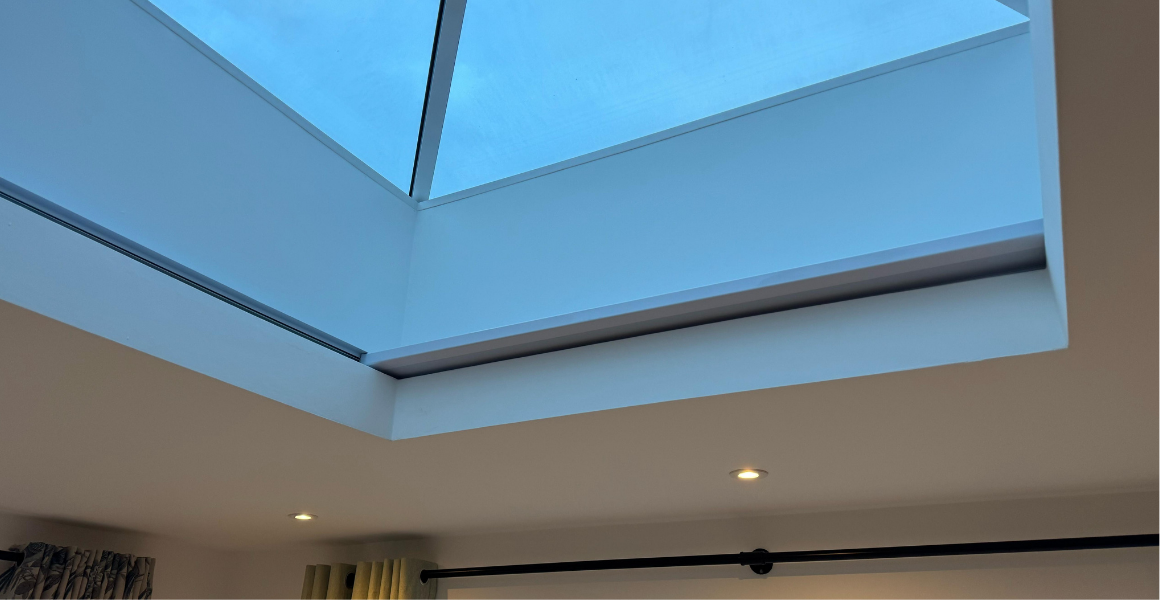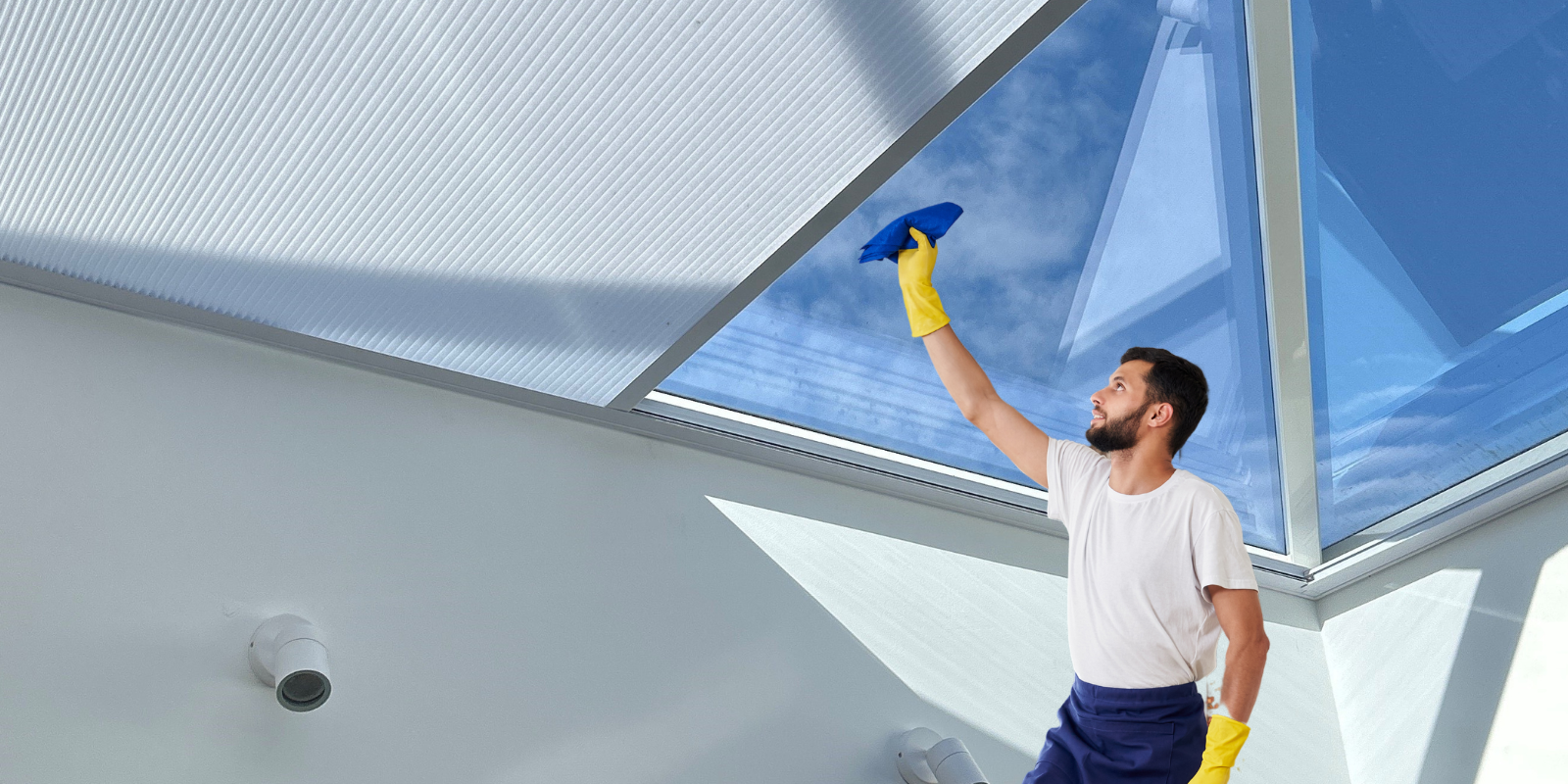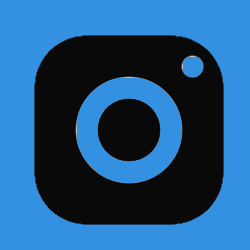Everything You Need to Know About Orangery Sizes
How Big Are Orangeries? All About Orangery Sizes
Are you wondering about orangery sizes and what size orangery you can have? Find out all about the size of orangeries here.
Orangeries have become a popular and practical way to extend the square footage of your house. They were originally developed as a place to keep citrus trees during the winter. That gives them a historical pedigree dating back to the 17th century. The orangery at Surrey's Ham House, from the 1670s, is one of the earliest orangeries in the UK. Nowadays, they're comfortable home extensions. You can use them as garden rooms, offices, or relaxation spaces. How big can orangeries be? Read on to discover what orangery sizes you can choose.
What Size Orangery Can I Have?
Orangeries generally come in three sizes—small, medium, and large. They're usually rectangular or square in shape. That said, these sizes have a degree of flexibility to them. Small orangeries can be 4m x 4m or less. Medium orangeries are between 4m x 4m and just under 7m x 7m. Large orangeries are 7m x 7m or larger. The height of the orangery can vary, but it may be restricted due to planning regulations.
Orangery Planning Permission
Orangeries can be up to 3m high before you need to get planning permission. They can be 4m high if you live in a detached house. Below are some of the other restrictions. It's best to check with your local planning department before you go ahead.
Rear Extensions
You'll need planning permission if the extension covers more than 6m (8m for a detached house). That only applies if your house isn't on Article 2(3) designated land. The sizes drop to 3m and 4m if it is before you need planning permission. If your orangery extension is within 2m of the boundary, it can't be any higher than 3m.n
Side Extensions
Orangeries to the side elevation of your house can only take up half the width of the house, or less. It can't be any higher than 4m in height. If your house is on Article 2(3) designated land, then you'll need planning permission for any side extensions.
Orangery vs Conservatory
Conservatories evolved from orangeries, but there are differences between them. The differences largely come to the base, roof, and main material. Size-wise, they're often similar. Orangeries are made from brick and have flat roofs. A glass lantern allows more light in. They often have large windows too, hinting at their horticultural past. Conservatories are made from glass, with a low brick base, and have a pitched roof. To qualify as a conservatory, the walls must be a minimum of 50% glass.
Choose Orangery Sizes to Suit You
Check the size of your available land when you start looking at orangery sizes. This will dictate the size and shape of the orangery that you choose. The planning permission regulations act as a guideline. They'll help you decide what size orangery you might have. Work with your builder to make sure the orangery fits your needs and the site. Once your orangery is in place, make the most of it with the right blinds. Get your free quotation through Skylights Blinds Direct!
By Naomi Showman






























































